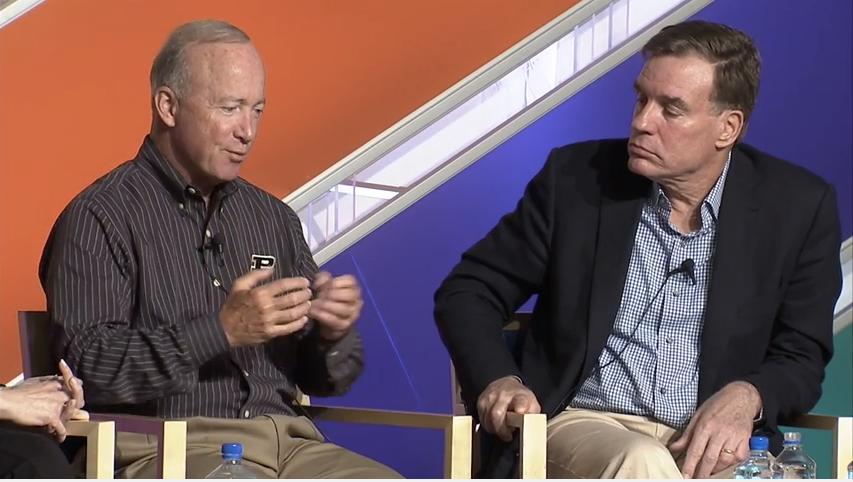The Future of Work: New BLS Data and Implications for the 21st Century Labor Market
How has work changed in the last decade?
According to the recently released 2017 Contingent Worker Supplement (CWS), the number of Americans relying on alternative work arrangements for their main job has held steady since 2005 – the last time these numbers were collected by the Bureau of Labor Statistics (BLS). Given the extensive economic and technological change we have seen over the past 13 years, what can we learn from these new numbers?
The Aspen Institute’s Future of Work Initiative is hosting a briefing to highlight and discuss the CWS findings and their implications on June 20. The CWS measures how many workers are in contingent and alternative work arrangements, including independent work, temp-agency work, and contract-firm work – arrangements that are sometimes referred to as the “gig economy.”
The recent numbers – 10.1 percent of workers are in alternative arrangements as their main job – are informative, but also raise many questions and highlight the need for more and better data collection. We lack information on supplemental work, how people find their jobs, and how companies structure employment – information necessary in order to develop policies that address the challenges of today’s workers.
Learn more from experts and policymakers at this event.
Agenda Overview
- Opening remarks from Alastair Fitzpayne, Executive Director of the Aspen Institute’s Future of Work Initiative
- Keynote remarks from Senator Mark Warner (VA) and Senator Todd Young (IN)
- Presentation of CWS findings from Mike Horrigan, Associate Commissioner in the Office of Employment and Unemployment Statistics at the U.S. Bureau of Labor Statistics
- An expert panel discussion moderated by Sarah Kessler of Quartz
You can find more information and RSVP at: www.cwsdata.splashthat.com/.


